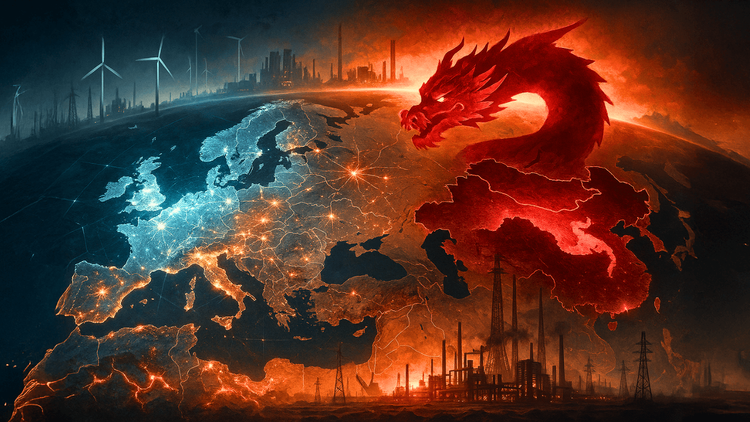The Biggest Spenders on EV Battery Metals Revealed
A closer look at how top automakers are spending billions on critical battery metals to power the EV revolution.

The global electric vehicle (EV) market has entered a pivotal phase. While Europe has seen a deceleration in sales growth, worldwide EV unit sales are on track to exceed 20 million this year. This milestone highlights not just the demand for EVs but the growing significance of battery metals, the linchpin of the EV revolution.
In September 2024, the world witnessed a record-breaking deployment of 84.5 GWh of EV battery capacity, reflecting a surging appetite for critical metals like lithium, nickel, cobalt, manganese, and graphite. However, these triumphs coexist with challenges, including volatile metal prices and evolving automaker strategies.
Despite slower growth in Europe, the global EV market remains resilient. Plug-in hybrid electric vehicles (PHEVs) have emerged as a key growth segment, outpacing battery electric vehicles (BEVs) by nearly fourfold this year. PHEVs require smaller batteries, which reduces metal demand per vehicle but amplifies production numbers.
In September, battery metal deployment in newly sold EVs reached 171 kilotonnes, marking a 26% year-over-year increase. This surge underscores the robustness of the EV sector, even amid economic uncertainties.
Battery Metal Spending: Key Insights
Battery metal demand is not just about volume but value. While automakers deployed record amounts of lithium carbonate equivalent (LCE), nickel, cobalt, and other materials, their spending paints a nuanced picture.
With lithium prices down by over 30% since last December and cobalt sulfate hovering at historic lows, the total value of battery materials reached $1.26 billion in September. This figure, though up 38% from January lows, remains 34% below September 2023 levels and far from the December 2022 peak of $4.23 billion.
Top 20 Automakers by EV Battery Metal Spending
Tesla: Dominating the Market Tesla leads the pack, spending more than twice as much on battery raw materials as BYD. Despite selling 209,000 fewer vehicles, Tesla's focus on high-capacity BEVs and NCM (nickel-cobalt-manganese) chemistries drives its dominance.
BYD: Champion of LFP Batteries BYD’s strategic reliance on lithium iron phosphate (LFP) batteries minimizes its nickel and cobalt expenditures. This cost-effective approach aligns with its focus on budget-friendly EVs and PHEVs.
Toyota: A Hybrid Pioneer Toyota’s dominance in the hybrid vehicle (HEV) market means its battery needs are modest. Most of its batteries use nickel-metal hydride chemistries, which require less investment compared to BEVs.
Li Auto: Leveraging High-Nickel Cathodes Li Auto’s Extended Range EVs (EREVs) stand out for their innovative design. Models like the L6 combine LFP batteries with high-nickel cathodes, offering extended ranges and robust performance.
Economic Impact of Price Fluctuations
While September 2024 saw record battery metal deployment, declining prices have tempered overall spending. Lithium and cobalt prices remain in a bearish phase, with only manganese sulfate bucking the trend, up 25% year-to-date.
China continues to dominate the global battery metal supply chain. With increasing competition among automakers, securing sustainable and diversified supply sources has become a strategic imperative.
The EV sector’s future hinges on innovation and sustainability. From advancements in battery recycling to the adoption of alternative chemistries, automakers must adapt to evolving market dynamics while addressing environmental concerns.
Conclusion
The race to electrify transportation is as much about securing critical resources as it is about technological innovation. As automakers ramp up spending on battery metals, the interplay of market dynamics, price trends, and geopolitical factors will shape the trajectory of the EV revolution.







